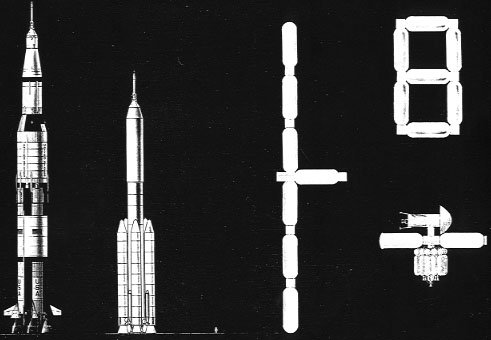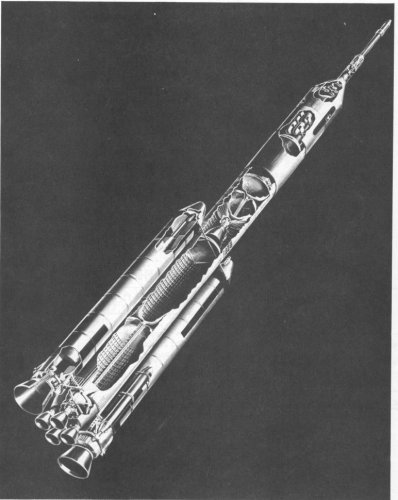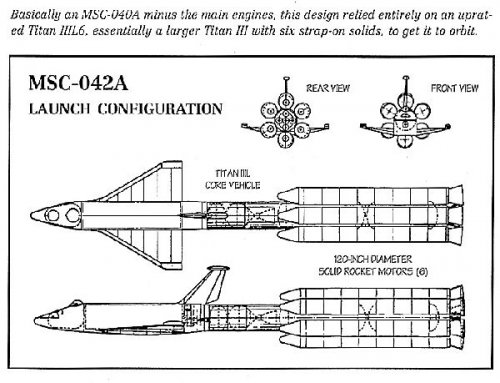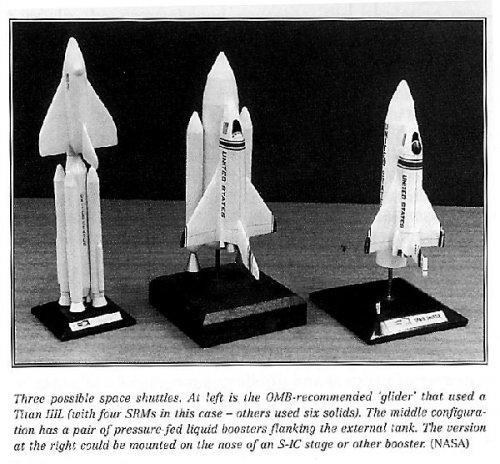The Space Shuttle is the perfect example of how NASA's design-by-committee philisophy and the funding habits of the U.S. Congress make it preferable to create one enormously complex, hugely expensive project (that would be too embarrassing to cancel because it involves jobs in so many districts) rather than many discrete, smaller, less-expensive projects. What started out as a reusable space truck in concept ended up being one of the most complex machines ever created.
Well, if NASA ended up bringing the Winnebago (big camping car) to space, there were others that proposed just bringing a pup tent. Imagine a small, simple orbiter that opens its cargo bay to deploy a large, spherical tent, many times larger than itself. The orbiter is just transportation, not the living space or the lab. I remember reading about proposed inflatable space habitats for research when I was a kid...does anyone have anything like that to could share?
Well, if NASA ended up bringing the Winnebago (big camping car) to space, there were others that proposed just bringing a pup tent. Imagine a small, simple orbiter that opens its cargo bay to deploy a large, spherical tent, many times larger than itself. The orbiter is just transportation, not the living space or the lab. I remember reading about proposed inflatable space habitats for research when I was a kid...does anyone have anything like that to could share?








